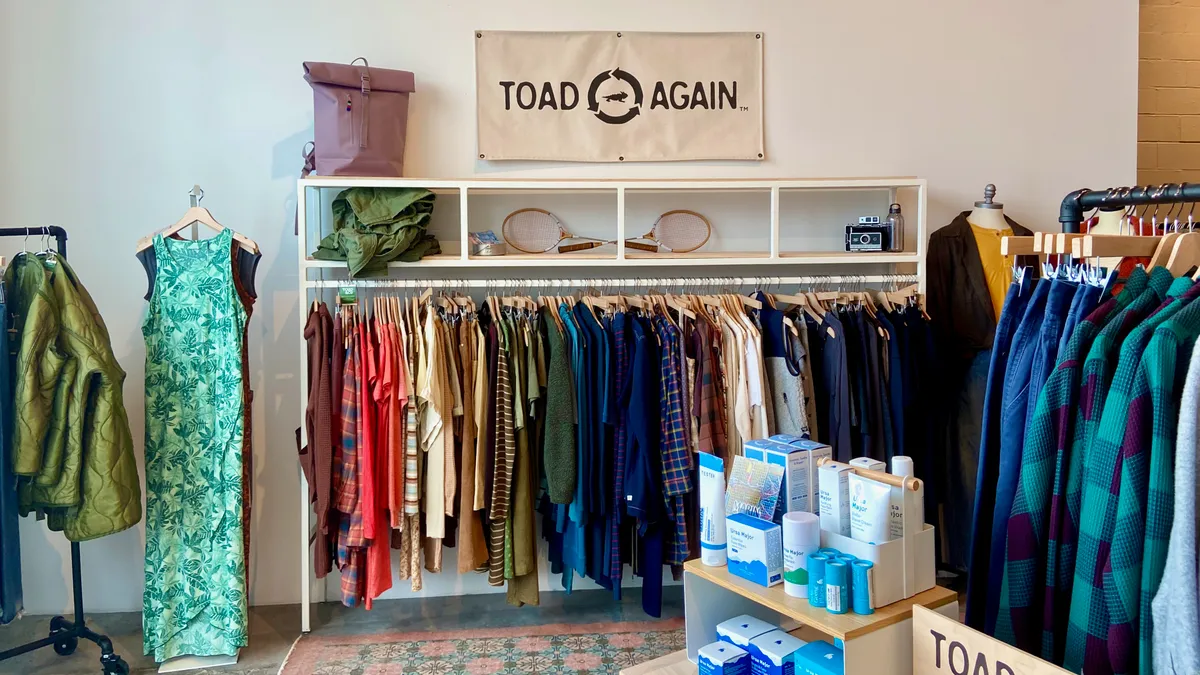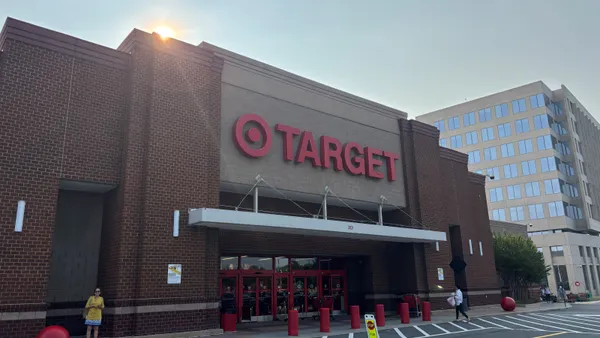Just the words “minimum wage” can set a retail executive’s teeth on edge. After President Barack Obama last month made a big deal in his State of the Union address about raising the minimum wage — something he did himself that week for federal workers nationwide — the National Retail Federation released a statement from President and CEO Matthew Shaw saying something that surprised no one — that raising the minimum wage would put a burden on employers and that it runs counter to the goal of improving the economy and increasing the number of jobs.
“If the cost of hiring goes up, hiring goes down,” Shaw said.
That’s what makes retailers like Costco, which pays an average $20.89 an hour to hourly workers, not including overtime, seem like do-gooding angels to politicians and worker advocates. The day after the president delivered his State of the Union speech, he hurried out to a Costco store in Maryland — not to stock up on razor blades and detergent, but to bestow special kudos to the shining example of a generous big-box retailer.
And on the flip side, it’s what also can make retailers like Wal-Mart Stores Inc. look pretty bad. Wal-Mart faced all sorts of protests and bad press last summer as workers went on strike and the company threatened to renege on planned stores in cities that considered raising the minimum wage. Early this year, Wal-Mart sounded stalwart in the face of a complaint by the National Labor Relations Board for some of their counteractions against those protests.
They weren’t the only ones. Things heated up in Chicago and other cities as fast food and retail workers went on strike. Their pleas made the news day after day. The drama led to some local city council bills, and may have contributed to the president’s emphasis this winter. The issue isn’t going away, either. House Democrats said Thursday they'll try to get a bill on the floor to raise the minimum wage nationally to $10.10. This week, a bill was introduced in the New York City council to allow retail union organizing at retailers that enjoy city subsidies (no surprise, unionized workers tend to receive much higher hourly wages). And in California, the Higher Wages Alliance is sponsoring a ballot initiative to raise that state’s minimum wage to $12.
Higher Wages Alliance chairman Ron Unz, a Silicon Valley software developer, says that Wal-Mart should pay its workers more money so that, rather than struggling in poverty, they could thrive in society, pay more taxes, and buy more stuff from — Walmart. He’s got a point. Businesses that cater to the wealthy are doing a lot better than those with a customer base from lower- and middle-income brackets. Unless Wal-Mart starts sharing a clientele with Prada, it’s fair to say that if lower-income earners are doing well, Wal-Mart Stores will do better.
But, some retail experts are now saying, that’s not it at all —or at least, that's not all of it. What retailers like Costco, Trader Joes, and others with higher wages and otherwise-empowered workers are up to doesn’t come from the goodness of their retail hearts. What they are actually doing is highly strategic and to their own great benefit— managing their workforce in a way that maximizes their business success. That is, their profits.
Indeed, a new scholarly book on operations management — and the examples of a small but growing number of retailers — refutes the conventional retail wisdom on the minimum wage. Rather, says MIT Sloan Business School professor Zeynep Ton, when employees are paid more, profits go up. In “The Good Jobs Strategy,” her book released last month, Ton says that big-box retailers have essentially miscalculated the value of employees by not taking into account their important and vastly underused role in creating happier customers and larger profits. And, lest you think she doesn't understand retail, keep in mind that it is one of her specialties.
Other studies by Wharton business professor Marshall Fisher back up her findings. He researched several retailers and found that more than $10 in revenue came in for every dollar of increased wages. For retailers or areas of stores that were understaffed, in fact, the bonus increased from $10 to as high as $28.
The kinds of wages Fisher and Ton are talking about are not very close to the minimum wage, either; they're quite a bit higher. The federal minimum wage is $7.25; the highest minimum wage of any state is Washington's $9.19 an hour. While some retail experts like Bob Gorland, vice president at Matthew P. Casey and Associates, predict layoffs, fewer store openings, and higher consumer prices if President Obama's minimum wage plan were enacted, those like Fisher and Ton insist they are looking at it all wrong, to their own great detriment.
Ton has found that retailers who find success while paying their workers higher wages aren’t using tricky financial work-arounds or sacrificing net profits to pay for the higher wages. They’re actually making an investment in a strategy that enhances productivity and produces revenues.
And for those retailers who might offer a higher wage but are nevertheless against legislating one, Ton thinks that a higher minimum wage could force more businesses to adopt what she calls the “good jobs strategy,” something she says business, notably the retail business, sorely needs.
“If companies are forced to pay more for labor, they will have to find ways to make workers more productive and more central to their success,” Ton says.
Would you like to see more retail news like this in your inbox on a daily basis? Subscribe to our Retail Dive email newsletter! You may also want to read Retail Dive's look at whether the future of t-commerce has finally arrived.





















